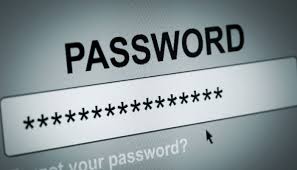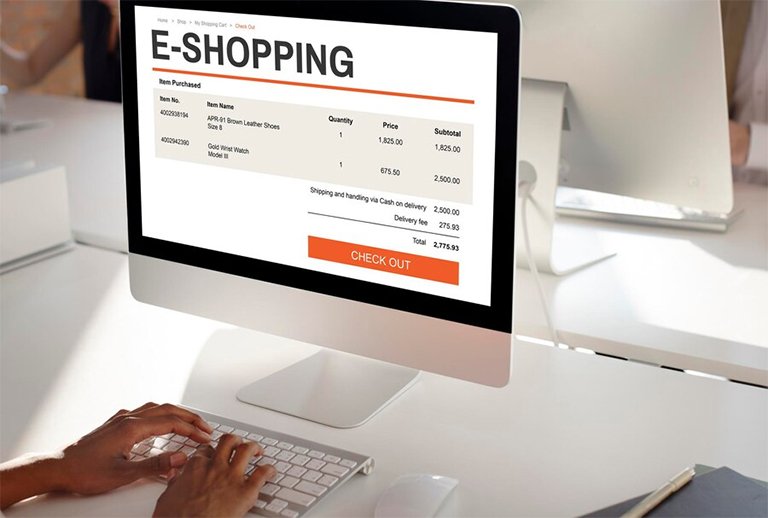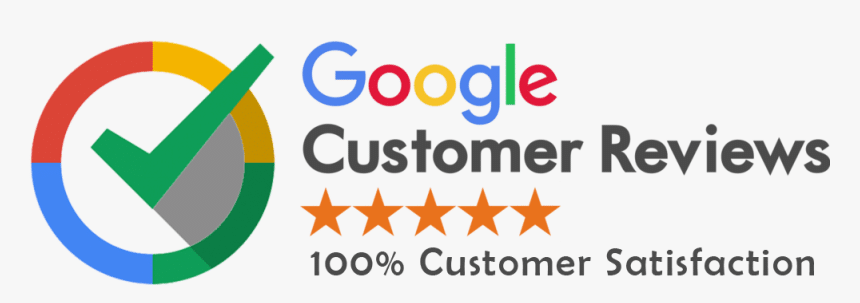Running a website is not only about Web design and features. One of the most important responsibilities for any developer and user is to secure user accounts through strong password protection. A weak password is like leaving your house door unlocked—anyone can walk in. That’s why every individual using a website and every Web developer building one must follow strong password security practices.
Let’s explore what users can do to create strong passwords and what developers should implement to keep those passwords safe.
Why Password Security Matters So Much
Whenever a person signs up on a website, they are trusting it with sensitive information. This may include personal details, financial data, email addresses, or more. If that password is weak or stored carelessly, a hacker can easily get into the account and misuse the data.
Most website hacking incidents happen not because of brilliant attackers, but due to simple mistakes like using “123456” as a password or storing passwords in plain text.
For Users: How to Create and Manage Strong Passwords
Never Reuse the Same Password
Using one password for multiple websites is dangerous. If one of those websites gets hacked, attackers will try the same password on other platforms. Always use a different password for each account, especially for email, social media, banking, and shopping.
Avoid Common and Easy Passwords
Stay away from passwords like: 123456, password, qwerty, 111111, admin. These are the first ones attackers try in automated attacks.
Make Your Password Long and Complex
A strong password should be at least 12 characters long and include uppercase letters, lowercase letters, numbers, and symbols. For example: MyC@tRuns4Fast! This type of password is much harder to guess.
Use Passphrases Instead
Passphrases are long but easy-to-remember strings of random words. For example: Sunshine-Table-Train-Dragon! It’s long and complex enough to be strong, but still memorable.
Change Passwords Regularly
Even a strong password should not be used forever. Make it a habit to change your main passwords such as email, banking, and business accounts every 3 to 6 months.
Enable Two-Factor Authentication (2FA)
2FA adds an extra layer of security. Even if your password gets stolen, no one can enter without the second code sent to your phone or email. You can use apps like Google Authenticator, Authy, or Microsoft Authenticator. Avoid SMS 2FA if possible, as SIM cards can be hijacked.
Avoid Personal Info in Passwords
Do not use your name, birth date, phone number, pet name, or favorite team. These are easy to find and easy to guess.
Use a Password Manager
Password managers help you store and generate strong passwords. You only need to remember one master password. Popular tools include Bitwarden, LastPass, 1Password, and Dashlane. Do not save passwords in your browser or write them on paper.
For Developers: How to Secure User Passwords
Website developers have a serious responsibility to protect their users’ data. Storing passwords without proper security can result in serious data leaks and legal issues.
Never Store Plain Text Passwords
Passwords should never be saved as they are. Use strong hashing algorithms before storing them in the database. Good hashing functions include bcrypt, Argon2, and PBKDF2. These are one-way functions. Even if a hacker gets access to your database, they won’t be able to reverse the hash easily.
Always Add Salt to Hashes
Salt is a random string added to passwords before hashing them. This prevents attackers from using precomputed dictionaries, called rainbow tables, to crack passwords. Without salt, same passwords create same hashes. With salt, same passwords create different hashes. Use a new random salt for each password.
Implement Brute-Force Protection
Attackers often try many passwords in a short time. Protect against this by limiting login attempts, using CAPTCHA, and locking accounts after too many failed tries. This slows down attackers and alerts users of suspicious activity.
Secure the “Forgot Password” Feature
This is often the weakest point in many systems. To secure it, generate one-time tokens, set token expiry (for example, 15 minutes), send links via verified emails, and do not send the password in an email. Force users to update their password after a reset.
Use HTTPS on All Pages
Data should be encrypted while moving between the user’s browser and your server. Always install an SSL certificate and force HTTPS on login, signup, and dashboard pages.
Don’t Reveal Too Much in Error Messages
Avoid error messages like “Password is incorrect” or “User not found.” Instead, say: “Invalid username or password.” This prevents attackers from knowing which part is incorrect.
Add MFA Support to Your Platform
Multi-Factor Authentication should be built into your platform for admin and user accounts. Use time-based OTP, push-based authentication, or email verification. Let users opt-in or force it for high-privilege accounts.
Set Strong Password Rules
Don’t let users choose “abc123” as their password. Use rules like minimum 12 characters, must include numbers and symbols, and must not be on common-password list. Provide real-time feedback on password strength.
Extra Security Tips for Users
Do not use browser autofill on public or shared devices. Browsers may auto-fill saved passwords. If you use a shared device or forget to log out, someone else could access your accounts.
Be careful of unknown links or emails. Phishing is still one of the most common ways hackers steal passwords. Always check the sender’s email address and never enter passwords through untrusted links.
Use security questions wisely. Pick questions and answers that are not easily guessable or searchable online. Better yet, treat security answers like extra passwords.
Legal and Compliance Perspective for Developers
If your platform deals with users in the EU, you are subject to GDPR regulations. Mishandling passwords or allowing leaks may result in heavy fines and loss of trust.
General tips include using consent forms, notifying users about data collection, informing users quickly about any data breach, and regularly auditing your password handling system.
Summary of Best Practices
Users should use unique, complex passwords, enable 2FA, use a password manager, change passwords regularly, and avoid using personal info.
Developers should hash passwords using bcrypt or Argon2, add salt, use HTTPS, limit login attempts, secure the forgot password feature, and follow legal standards.
Final Words
Password security isn’t only a developer’s responsibility—users play a big role too. By following a few smart steps, both parties can build a safer and stronger digital environment. Whether you’re signing up for a new website or building one, make password safety a top priority. It’s your first defense against data breaches, identity theft, and digital crimes.






